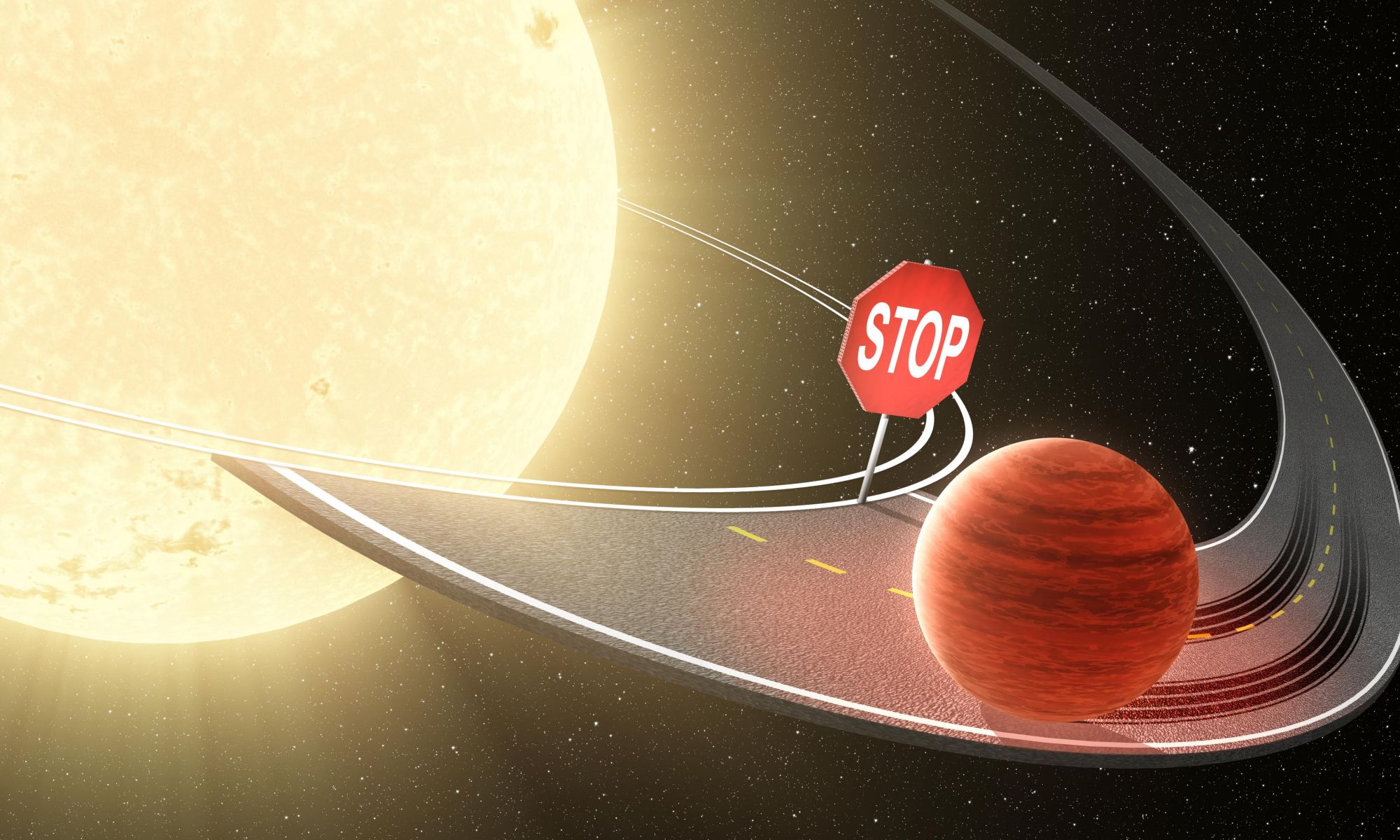Located in the constellation Ursa Major, roughly 300 light-years from Earth, is the Sun-like star HD 118203 (Liesma). In 2006, astronomers detected an exoplanet (HD 118203 b) similar in size and twice as massive as Jupiter that orbits very closely to Liesma (7% of the distance between Earth and the Sun), making it a “Hot Jupiter.” In a recent study, an international team of astronomers announced the detection of a second exoplanet in this system: a Super Jupiter with a wide orbit around its star. In short, they discovered a “Cold Super-Jupiter” in the outskirts of this system.
Continue reading “Astronomers Have Found a Star with a Hot Jupiter and a Cold Super Jupiter in Orbit”Astronomers Have Found a Star with a Hot Jupiter and a Cold Super Jupiter in Orbit


